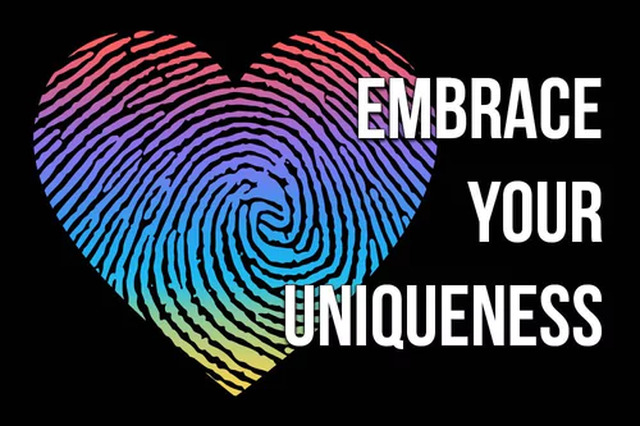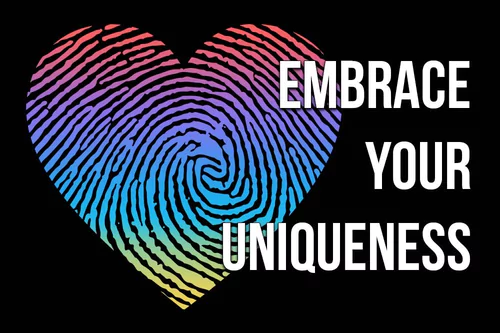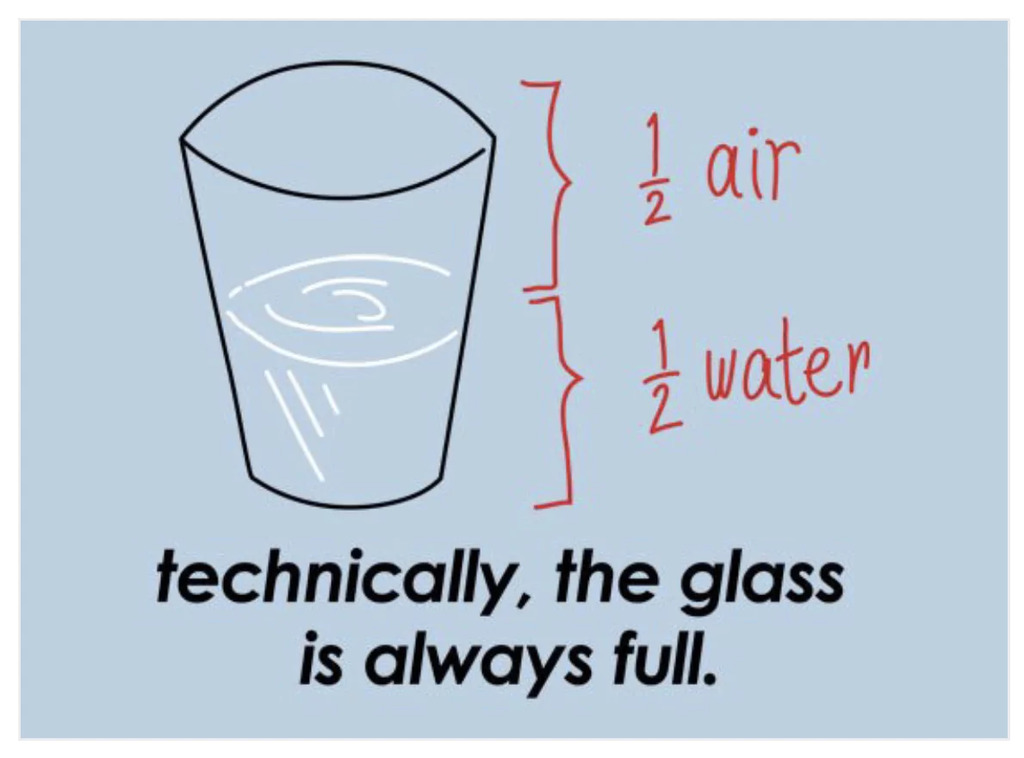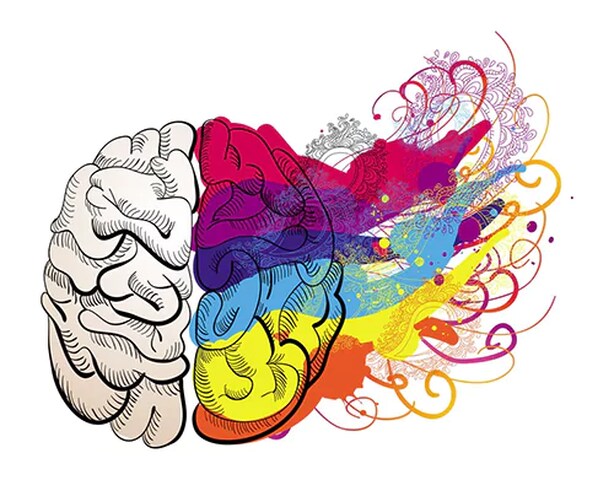By using our website, you agree to the use of cookies as described in our Cookie Policy

Every client is unique—this philosophy is foundational to the practice of hypnosis and, really, to so many postmodern therapies. This attitude toward psychotherapy and people in general heavily originated from and was cultivated by a man who many consider to be the greatest hypnotist of all time: Milton Erickson.
Wilk (1985) addresses this unique viewpoint in his writing on Erickson:
“What is most fundamental in Ericksonian psychotherapy is the conviction that individuals already have the learnings, the know-how they need to solve their problems. The psychotherapist needs only to provide a context in which they can utilize that know-how” (p. 231)
Essentially, Erickson believed that nothing new needed to be introduced into therapy. The client already has the strengths and resources necessary to bring about change; the therapeutic relationship simply provides a new context for those strengths and resources to emerge.
Now, the fun part about this perspective/approach is that each client has different strengths and resources that can be called upon for use in therapy. This is where the uniqueness of each individual person comes in. Erickson even had a name for this uniqueness- and strength-based technique in therapy: utilization.
This aptly-named technique focuses on utilizing anything and everything that can be helpful for change to occur. In some cases, this might involve incorporating distractions going on during a hypnosis session. For example, if a door opens and closes in the background, the therapist might utilize this and say, “And as you visualize some doors closing and other new, exciting doors and opportunities opening...”
In many other cases, utilization involves utilizing the client’s internal, unique strengths and resources.
One of my favorite examples of utilizing a client’s strengths is a case that Bill O’Hanlon and Michael Martin (1992)—two students of Erickson and master hypnotists themselves—talk about in their book Solution-Oriented Hypnosis: An Ericksonian Approach. (Once again, even the name of this book itself highlights the use of client’s strengths and resources to help unfold solutions in therapy.)
A young boy had a problem with wetting the bet pretty consistently. Erickson met with the boy and didn’t even mention bed-wetting once during the session. Instead, he focused on the boy being a baseball player, which he had found out during their conversation.
Erickson then used a good bulk of the session to talk about the boy’s skills in baseball and how he needed fine muscle control in order to be good at the sport. Specifically, Erickson talked about the skill of positioning the glove in the exact right spot and then clamping one’s hand down at the exact right time in order to catch the ball. Erickson noted how this is a really automatic skill that good baseball players, like the boy, innately have. After other bits of conversation, the boy then went home and stopped wetting the bed.
This may seem like a mysterious way of getting change to happen (and it doesn’t always result in a complete end to a problem), but it is really about the uniqueness- and strength-based approach that Erickson used in therapy that allowed for new avenues of change with his clients. In this case, the boy transferred his skill of fine muscle control from baseball to holding his bladder. And there isn’t a one-size-fits-all approach; Erickson wouldn’t immediately know if one way of utilization would make a difference or not. He would simply experiment with the various resources that his clients had and see which one stuck.
This underlying logic that forms the basis of Ericksonian hypnosis/therapy is present in other hypnotists’/therapists’ work as well. For example, Douglas Flemons—professor emeritus at Nova Southeastern University—discusses his use of utilization:
“In identifying and refining the characterization of clients’ skills and resources, I am looking for ways that the heart of localized mastery in one area can be abductively carried to and implemented with other, analogous, areas of challenging experience.” (2022, p. 107)
Again, all he is really talking about is identifying and harnessing strengths, skills, or resources from one area of a person’s life and then applying them to another area where that person is hoping for change.
Douglas even helped me embrace this approach during my own hypnosis session with him. My presenting problem was that I had a really hard time sleeping—I would tense up during the night and wake up physically tired the next day. While he guided me into trance, he mainly talked about my background as a yoga instructor and my ability (that I had told him about) to relax despite being an on-the-go person. He talked about this really nice skill I had to be able to be productive but still have the intuition to slow down. The next day after the session, I relaxed more while I slept and woke up feeling better.

The fundamental appreciation for and use of the uniqueness and strengths of each client greatly influenced the field of psychotherapy as a whole. We already saw the presence of this thinking in Solution-Oriented Hypnosis. Solution-focused brief therapy—a specific therapy model—also stems from the idea that clients can initiate solutions in their life simply from the strengths they already have.
Perhaps it might be fun for you to play with this idea as well. Pay attention to the skills and resources that are unique to you that you might not have even noticed before. See where else in life you can apply them while keeping an open mindset about how they will work. They might not do anything at all, or they might do something cool that you didn’t expect. That is the fun and uniqueness of it.
References
Flemons, D. (2022). The heart and mind of hypnotherapy. W. W. Norton & Company.
O’Hanlon, W. H., & Martin, M. (1992). Solution-oriented hypnosis: An Ericksonian approach. W. W. Norton & Company.
Wilk, J. (1985). Ericksonian therapeutic patterns: A pattern which connects. In J. K. Zeig (Ed.), Ericksonian psychotherapy: Vol. 2. Clinical applications (pp. 210-233). Brunner/Mazel.
Article by: Kayleigh Sabo, M.S.
‹ Back













